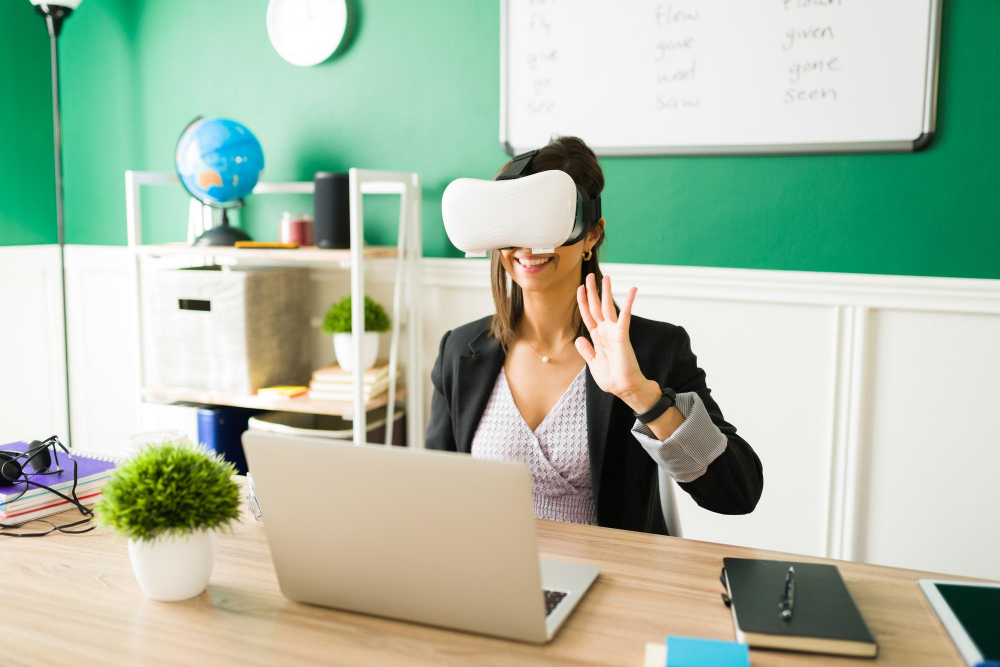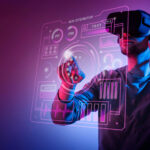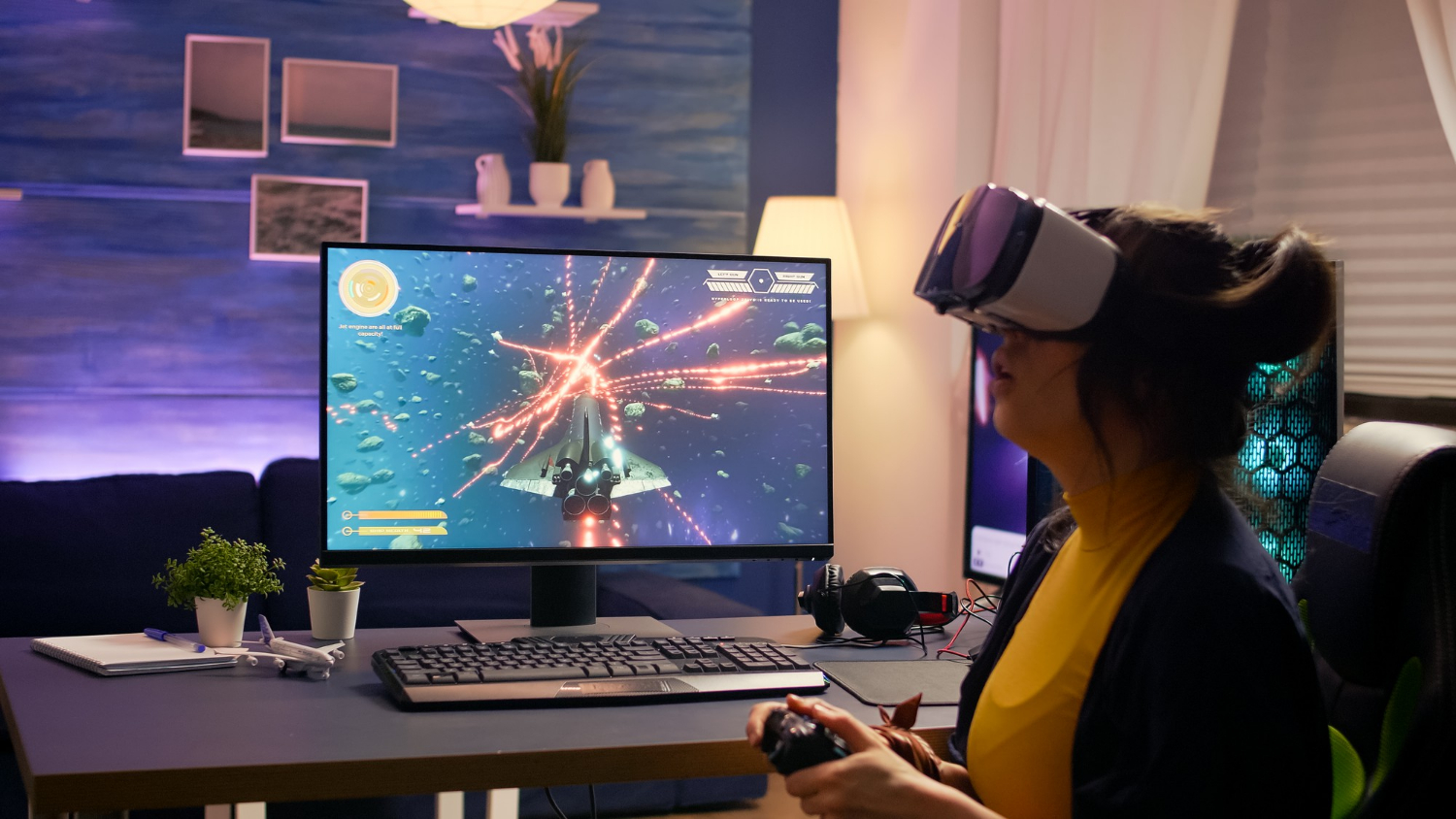How Virtual Reality Will Transform Education
Virtual and augmented reality technologies will revolutionize education in coming years, opening doors for innovative ways that students learn, practice skills and engage with educational content across a spectrum of subjects.
This post explores the emerging role of VR/AR technologies in classroom environments, their benefits for students, use cases across academics and training disciplines, barriers to adoption and what lies ahead for these reality-altering tools.
The Rise of VR and AR in Education
While VR and AR technologies have existed for some time; however, only recently have they developed sufficiently in terms of affordability, quality, and content depth to become widely implemented in classrooms and training programs worldwide.
Global adoption is rapidly increasing. According to HolonIQ’s forecast, AR and VR in education markets is projected to expand 18x from $0.7 billion today to over $13.1 billion by 2025, as both software and content see rapid expansion due to available hardware.
Affordable headsets like Oculus Go and Quest as well as new iPads supporting AR are placing this technology within reach of millions. 5G networks facilitate rich VR experiences on mobile devices while platforms such as Google Expeditions provide educational VR tours.
VR and AR technology has the potential to transform all areas of pedagogy and learning when used intelligently, from elementary schools to university courses and vocational training programs. Immersing students into digital environments that present information more intuitively and engage them more deeply are benefits VR/AR brings.
Benefits of VR and AR for Learning Outcomes
Studies have uncovered numerous advantages associated with VR/AR integration into education:
1- Active learning techniques help increase retention – simulations provide more engaging experiences than passive listening or reading.
2- Improved spatial understanding and visualization of 3D structures, scenes and abstract concepts.
3- Engaging virtual field trips that allow participants to immerse themselves in realistic environments, historical sites, and locations that would be impossible or impractical to visit in person.
4- Safe training of high-risk skills like piloting an aircraft or performing surgery are crucial.
5- Attracting empathy and emotional intelligence through role-play scenarios.
6- Engaging and motivating students so they learn independently.
7- Accessibility for students with disabilities who can participate in VR classrooms.
8- Flexibility to facilitate learning anywhere by meeting resource gaps at remote schools.
These advantages of VR and AR stem from key strengths of both mediums themselves: VR and AR enable seamless combination of digital overlays with information in real world or simulated environments to produce highly intuitive educational activities, stimulating multiple senses for active rather than passive learning and providing safe spaces where real world skills can be practiced safely.
Subject-Specific Use Cases
VR and AR can serve a number of educational disciplines well; some fields lend themselves more readily than others to taking full advantage of them:
History – Transform students’ classroom experience into immersive virtual reality recreations of ancient historical sites and artifacts using VR recreations of these locations and artifacts, like being an Egyptian Pharoah inspecting pyramids or strolling medieval Paris streets. AR overlays can bring fossil exhibits or artifacts alive by providing additional details.
Healthcare – Utilize VR simulations of surgery and other medical procedures with high fidelity VR simulators, learn anatomy from 3D visualizations of body systems, or utilize exposure therapy methods with VR to treat phobias or post traumatic stress disorder (PTSD). Psychologists frequently utilize virtual reality (VR).
Science – Take an immersive trip across Mars or shrink yourself down to an atom – even up-close inspection of molecular biology is possible with VR! Conduct dangerous chemical experiments safely within virtual lab environments while visualizing concepts with VR engineering demonstrations.
Architecture & Design – Navigating 3D VR models of building designs and products allows clients to see virtual models first hand before real-life scale models arrive at site for builder work. AR technology adds digital layers on physical scale models for further demonstration of concepts for clients.
Astronomy & Space – Explore a virtual solar system at close quarters or explore space through VR documentaries, while augmenting night skies to identify stars and constellations in real-time.
Engineering – Explore virtual machinery and electronics while freely experimenting with CAD designs before manufacturing begins, while practicing safe construction, welding and assembly practices.
Language Learning – Have conversational voice tutoring through VR avatars. Immerse in unfamiliar cultures such as virtual Shanghai or Moscow, using AR glasses that interpret street signs and menus real time.
As virtual and augmented reality (VR/AR) technologies mature, schools will progressively utilize them across virtually every subject area and learning mode imaginable.
Challenges to Adoption
Though momentum for adoption remains strong, VR and AR technologies still face several hurdles to mainstream implementation in education:
- Quality headsets and computing power costs may become prohibitively expensive for schools with limited resources.
- As technology improves further, some students experience virtual reality-related discomfort like nausea or headaches when first starting to use VR technology.
- Unabated screen use may result in overreliance and too much screen time vs real world interactions and outdoor time.
- Relying on carefully designed 3D environments and simulations to deliver value can take time to build out.
- Teacher training requirements to effectively incorporate VR/AR technologies into curriculums rather than use it only as one-off gimmicks are also being established.
- Considerations should be given when collecting student activity analytics within virtual reality environments.
- Careful program design and deployment that complements rather than replaces traditional teaching methods can address such concerns. Many schools are opting for gradual deployment plans focused on specific grades, subjects or demos at first.
What Future projections for VR/AR hold in Education
Education stands to become one of the crowning achievements for VR/AR technologies in coming years. As headsets get cheaper and 5G improves connectivity and content libraries expand globally, adoption will accelerate globally – eventually replacing desktop computers and digital projectors in classroom settings as an essential element.
Over the next 5 years, virtual reality (VR) field trips could become routine at all grade levels; university labs could require VR goggles as standard equipment; AR apps will translate lectures and textbooks live into any language in real time;
Within 10 years, collaborative virtual classrooms could allow students globally to collaborate. VR vocational training could prove essential in careers ranging from construction to medicine; AR glasses could even augment reality to offer educational overlays throughout daily life.
The COVID-19 pandemic greatly expanded the role of technologies like video conferencing, digital whiteboards and lecture capture software in schools. VR and AR appear destined to follow suit by becoming ubiquitous education staples; engaging audiences emotionally while enriching learning processes profoundly. Learners today deserve nothing short of engaging learning experiences designed by innovators; VR/AR invite us all to imagine and create such future scenarios together.




